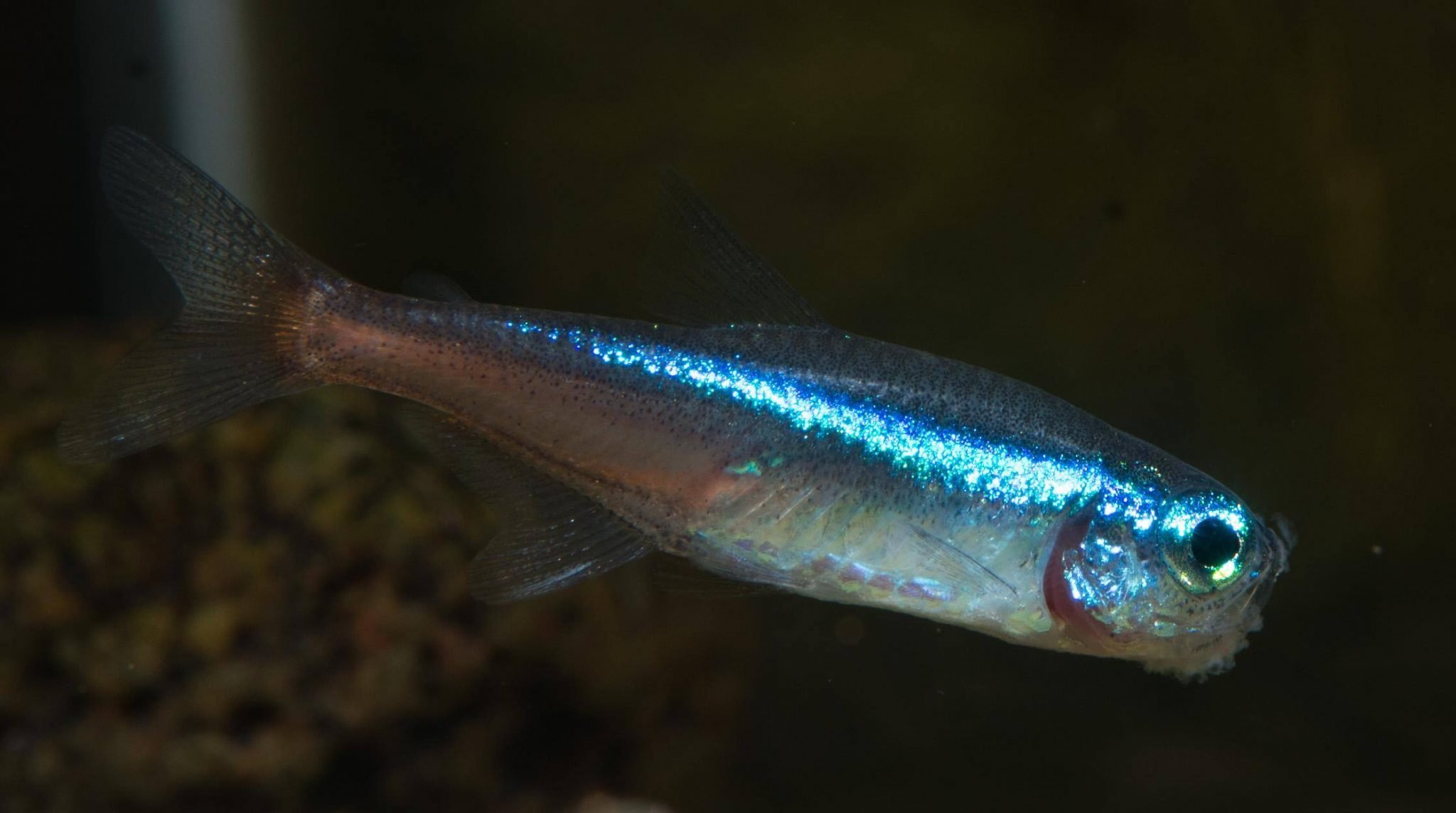
Under aquarium conditions, this is most commonly some sort of scavenging or cannibalism, the parasites inside a dead fish being consumed by a healthy fish. Pleistophora hyphessobryconis gets into the aquarium fish through accidental ingestion. Less frequently, it has been reported to affect non-tetras including minnows, danios, goldfish, and even angelfish. The parasite was first identified in neon tetras, hence the common name, but it has also been reported from a range of other tetras as well. It is a single-celled organism that gets into its host by being consumed alongside fish food. The parasite responsible for neon tetra disease is called Pleistophora hyphessobryconis. Some aquarists have coined the term “false neon tetra disease” to refer to bacterial infections with broadly similar symptoms. Unfortunately for the aquarist, several other diseases can cause similar symptoms to neon tetra disease, including systemic bacterial infections, chronically poor diet and/or environmental conditions, and even old age. Usually, the aquarium fish dies within two or three days of the first symptoms of neon tetra disease becoming apparent. In advanced cases, the aquarium fish may have trouble swimming, and the fish may develop odd swellings or contortions indicative of damage to the musculature. The aquarium fish’s colors fade, and sometimes gray or white patches on the flanks become apparent.

Infected aquarium fish will often spend less time with their schoolmates than normal, typically hiding away under aquarium plants and showing no interest in fish food. IdentificationĪt very low levels of infection, there may be no symptoms visible at all, and it is usually the case that the more obvious symptoms of neon tetra disease are only apparent on heavily infected aquarium fish a few days away from death. Despite the name, neon tetra disease can affect a range of other tetras besides neon tetras and has been reported from a variety of other aquarium fish as well.

A pet needs love, care, and an environment that support its wellbeing.Neon tetra disease is difficult to diagnose reliably and even more difficult to treat. Having a pet is a responsibility, even if it’s a fish. Preventing and quick action is the only way to save your fishes. In conclusion, Black Neon Tetra disease is untreatable. This will give the fishes a chance to adapt to their new environment and to see if they have diseases or not. After you carefully select your new pets, you need to quarantine them in a separate tank with the same water condition as the main tank for two weeks. When you purchase new fishes for your aquarium, don’t buy fish from tanks with dead or sick fishes. Aside from that, doing proper aquarium maintenance and provide high-quality fish feeds, from flakes to live little proteins. To save the remaining fishes, you need to be keen on the symptoms and immediately move them to a separate tank. The disease is highly spreadable and may infect other fishes in the same tank. Worst case scenario, they will most likely die. Why? Because there is no known treatment for the Black Neon Tetra disease, most fish with diseases are likely to be euthanized. Just like in every case, preventing is better than treating. Due to that, the muscles become weak and the spine starts to bend. The parasite then develops into the spine and muscles making the fish weak. After that, the parasite will eat the fish from the inside.


Once the parasite enters the fish, it will immediately start to turn fish into its host. The most common cause of Black Neon Tetra fish disease is a parasite named Pleistophora hyphessobryconis. That unusual behavior indicates that something is wrong, and eventually, it becomes obvious that the fish is infected with a certain disease. A sick fish may be seen separating from its school in the early stages, which is unusual for schooling fishes.


 0 kommentar(er)
0 kommentar(er)
